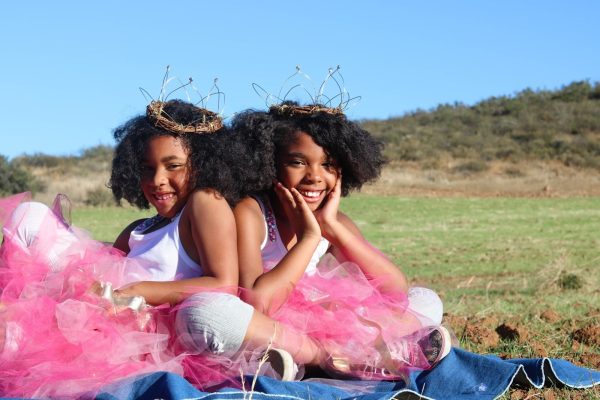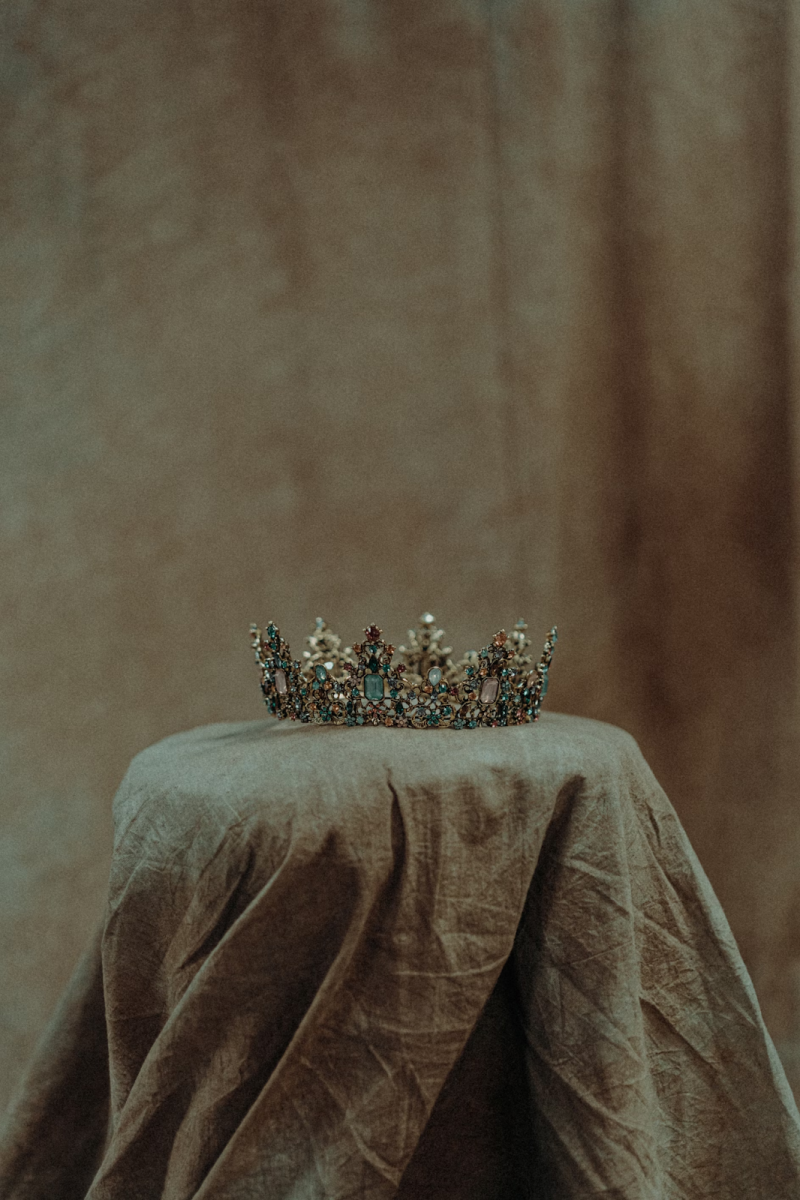Sometime in mid-April 2024, I was walking through the 53rd Street station to transfer from the E train to the 6. As I rode up a surprisingly long escalator, I noticed a poster of a young woman in a dirty, ripped dress who seemed to be climbing or holding onto a cliff. Printed on the poster were the words “This is not a fairy tale.”
It caught my attention, and during the 6 train ride, I searched for the movie on Google. What I had thought was some crummy low-budget horror movie was actually a twisted fantasy. And it had Millie Bobby Brown in it! Emboldened by these discoveries, I soon looked it up on Netflix and decided to watch it.
(Word of caution: the following contains spoilers)
The main character, Elodie (Millie Bobby Brown), is the daughter of the lord of the village, Inophe. She finds herself with an offer for an arranged marriage to a prince (Nick Robinson) from a kingdom she has never heard of. Her father, Lord Bayford (Ray Winstone), and stepmother, Lady Bayford (Angela Bassett), push her to accept because their people are starving; such an alliance would help them survive the winter. Elodie reluctantly agrees, and she and her father, stepmother, and sister, Floria (Brooke Carter), travel to the kingdom of Aurea to meet Elodie’s betrothed.
On their wedding day, after a romantic ceremony, she is informed that she is not of royal blood. Consequently, Elodie finds herself a member of a cultic procession up the side of a mountain, where, at an altar, she and the prince’s hands are slashed and placed on top of each other, mixing their blood. On their way back from the altar, however, Elodie is tossed into a cavern with a dragon who swears to kill her.
Elodie escapes the dragon’s attacks, running through tunnels and across ditches. She hides in a narrow cave among the caverns, finding names written on the wall – she was not the only girl to make it this far. She uses hints that they left behind, along with help from the outside to escape.
When the queen finds out about Elodie’s escape, she takes soldiers and brings Floria to the cliffside, tossing her into the pit in Elodie’s place. Elodie then must turn around to rescue her sister from the dragon. This results in a final confrontation where Elodie learns that she has been lied to. Elodie did not know the reason behind her sacrifice was because, years ago, the king’s men killed the Dragon’s daughters. The dragon demanded the lives of the king’s daughters, starting the cycle. However, the dragon had been lied to as well. She did not know that the girls she killed were innocent, taken from faraway lands, their blood mixed with that of the royal family to make them convincing targets.
Elodie manages to explain this to the dragon. She has a chance to kill her, but instead, she and the dragon travel back to the Aurean castle. Elodie interrupts a wedding ceremony, freeing the next “bride,” and the dragon burns the kingdom to the ground, the royal family with it.
Critics did not particularly like Damsel. Some found the story to be predictable or the special effects unconvincing. While it may not have had the best reviews, the struggle this movie represents is compelling and many other viewers enjoyed it.
Despite its faults, Damsel is most definitely worth watching. It explores themes such as feminism, fighting for the truth, and the unfortunate realities of human nature. Its fairytale aesthetic and CGI (computer-generated imagery) made it enjoyable, but it did contain some graphic violence that is unsuitable for younger children.
Fairy tales have been prevalent in our society and culture for as long as we can all remember. We all know about the princess dresses we wanted and the glittery gowns we saw on television. According to an article by Maison Rauer, the first fairy tales came along in the late 1600s as entertainment in French Salons. Writers like Charles Perrault spread these stories, and later the Grimm brothers translated them to share with the public. However, in doing so, they also changed the stories so that they reflected their patriarchal viewpoints. A later author, Andrew Lang, did the same, translating and spreading these stories but incorporating patriarchal elements to reflect his own views on women.
As time goes on, more and more fantasy stories with strong female protagonists have been popping up, shifting society in a more inclusive direction. Rauer explained that older fairy tales often insinuate that a woman can and should be conventionally attractive, frail, and submissive. These new stories break the mold, a manifestation of society’s changing perspective.
Scarlett Curtis wrote in her book Feminists Don’t Wear Pink (And Other Lies), “We need to represent the diversity of what a woman can be.” Not all women are physically strong, but not all women are physically weak either. The problem with old-fashioned fairy tales is that they eliminate the option. In fairy tales, the woman can only be one way; those who fight back are cruel and ugly. A strong, independent woman, or a spinster who chooses not to marry is given physical qualities and personality traits that make her seem unappealing.
These sorts of stereotypes serve to teach children that certain behaviors are more desirable than others. Little girls don’t want to be an ugly old witch when they grow up; they want to be the princess. And, by virtue of wanting to be a princess, they are encouraged to believe happiness comes with marriage to a strong, dominant man.

In Damsel, we are able to see women playing all of the fairy tale roles. The Queen of Aurea is seen as evil, caring only for the survival of her kingdom, with no regard for the people she has to sacrifice to do so. Elodie’s little sister Floria is kidnapped by the queen’s forces and tossed into the pit when Elodie escapes. Floria then effectively plays the paralyzed damsel in distress, but instead of being saved by a man, she is saved by her strong, powerful sister. Elodie, of course, saves herself, eliminating the need for a male savior altogether. Lastly, the not-so-evil stepmother, Lady Bayford, urges Elodie into the marriage.
Another way that the film breaks the usual fairy-tale rules is that the evil characters are not so evil as just trying to help the many, not the few. Lady Bayford is motivated by a need for survival. Additionally, Lady Bayford tries to support and protect her stepdaughters. After speaking briefly with the Queen, she warns Elodie not to trust the royal family. She even takes a knife to the gut for Floria when the Queen’s forces come for her and, ignoring her wound, rides to find Elodie when Floria is taken.
This development adds perspective to the characters. Lady Bayford is not simply motivated by greed; she wants the best for her people. Even the evil Queen is motivated by her kingdom’s survival. While she has no sympathy for the women sacrificed to the dragon, she seems to have put emotion aside for the sake of her kingdom. It is better to satiate the beast than risk her and her people’s lives. In a TEDx Talk, poet Nikita Gill said, “If you suddenly turn the story around, you realize that the women that we saw as petty aren’t really petty at all, they’re just doing the best they could in what they have been given.”
Damsel is a window into what it is to be a woman. Being a woman is more than just one thing, one experience. In our society, women are underestimated and suffer in silence, but this movie, like many others before it, proves that this period is coming to an end. If we can recognize the struggle and, more importantly, the triumph of Princess Elodie in the cave, we can recognize the struggle of those around us and help them triumph as well.
To watch Damsel on Netflix (subscription required), click HERE.
“We need to represent the diversity of what a woman can be,” writes Scarlett Curtis in her book Feminists Don’t Wear Pink (And Other Lies).

